To visit the ancient canal, please come to Wuxi!
The Grand Canal between Beijing and Hangzhou is 1794 kilometers long. It has a history of more than 2,500 years since Fu Cha, the king of Wu, cut qi and dug a ditch. It has formed two artificial wonders facing the Great Wall on the territory of China.
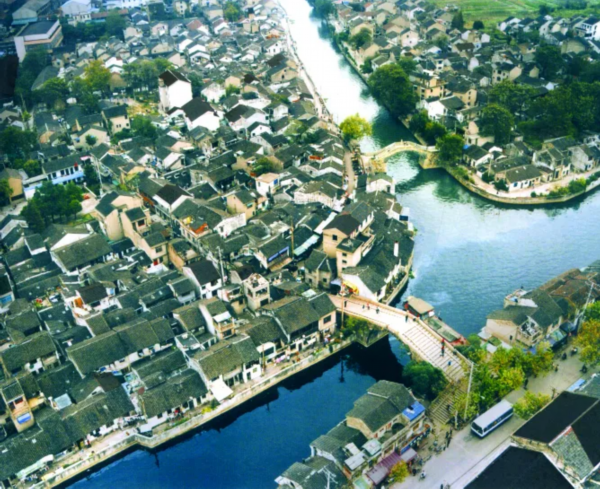
▲ Aerial photo of Wuxi section of the Grand Canal
Wuxi Ancient Canal is a section of the Sui and Tang Grand Canal and the Beijing-Hangzhou Grand Canal in the Yuan Dynasty. It connects the Yangtze River in the north, reaches Taihu Lake in the south, and runs through the urban area of Wuxi. The circular channel outlines the historical spatial pattern of Wuxi’s "turtle back city", forming the wonder of "the water alley in the south of the Yangtze River and the canal out of print", and also gestating the miracle of Wuxi’s national industry and commerce development.
"Jiangnan water alley, canal out of print"
The Wuxi section of the Grand Canal, with a total length of 40.6 kilometers, was formed in the Spring and Autumn Period, developed in the Sui and Tang Dynasties and flourished in the Ming and Qing Dynasties. It is the earliest written record of the Jiangnan Canal.
China has a long history of using natural water sources to build artificial canals for farmland irrigation and material transportation. According to records, in the late Shang Dynasty in the 12th century BC, Taibo, the eldest son of Zhou Taiwang, the leader of the Zhou tribe, went to Wu (now in Meicun, Wuxi) and brought the advanced culture of the north to Wu in the south of the Yangtze River to teach the people to farm. In order to develop agricultural production, Taibo built water conservancy projects and dug the Bodu River, which connects Taihu Lake in the west, and flows through Fangqian, Meicun and Dangkou until Caohu Lake. Bodu River, Wuxi people call it "Bodu Port", and it is also called Baidu Port. This is regarded as the first artificial canal dug artificially in the ancient history of China, and it has also become the origin of the "first pry" of the China Canal.
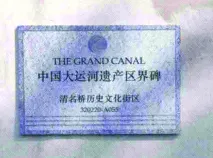
▲ Boundary Monument of China Grand Canal Heritage Area in Qingming Bridge Historical and Cultural Block
Wuxi section of the Grand Canal is the most complete section of the Beijing-Hangzhou Canal, and it is also the essence of the Grand Canal in China. The Wuxi section of the Beijing-Hangzhou Canal in history passes through the city, and the middle section of the back city is filled, but the south gate section has been preserved for 1400 years, while the Bodu Port has a history of more than 3000 years, and two ancient rivers meet at Qingming Bridge.
It can be said that the south gate section of the Grand Canal in Wuxi is the essence of the ancient canal, especially the 6-kilometer-long section from Wuqiao via Xishuidun and Nanmen to Qingming Bridge. Although it was destroyed during the Taiping Heavenly Kingdom Movement and the Japanese invasion of China, the houses on both sides of the river were built against the river, and the material carriers such as ancient rivers, ancient bridges, ancient temples, ancient pagodas, ancient temples, ancient monuments, ancient streets, ancient kilns, ancient houses and ancient post houses were well preserved.
Wu Liangyong, a professor in Tsinghua University, once said that the section of Shuinongtang in the south gate of Wuxi has become "a unique cultural and architectural heritage in China". The ten words "water alley in the south of the Yangtze River, the canal is out of print" are also the highest praise for the Wuxi section of the Grand Canal.
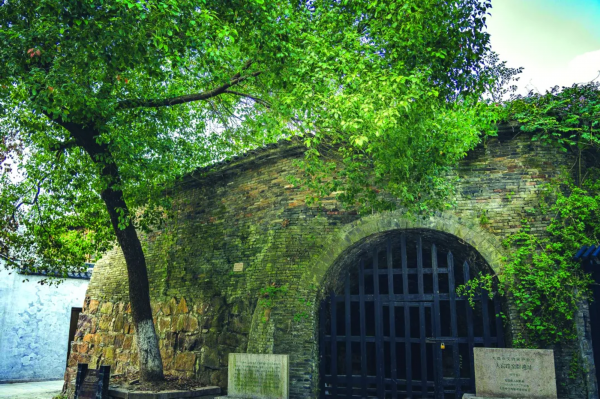
▲ Dayao Road Kiln Group Site
"Tianguan" and "Earth Axis" Canal "Three Piers"
June 22, 2014 is an important historical moment for the Grand Canal in China. On the same day, at the 38th World Heritage Conference of UNESCO held in Doha, Qatar, China, Kyrgyzstan and Kazakhstan jointly applied for the "Silk Road", and the Grand Canal applied for by China alone was included in the World Heritage List.
The Grand Canal in Wuxi City is 112 kilometers long and the historical and cultural block of Qingming Bridge is 1.6 kilometers long, which is listed in the World Heritage List.
There are famous "three piers" on the Wuxi Canal, namely Huangbu Pier, Jiangjianzhu Pier and Xishui Pier.
Huangbudun, also known as "Tianguan", has been boarded by four prime ministers and three emperors since ancient times.
Jiangjianzhu is an island dozens of times larger than Huangbudun — — Jiangjianzhu. There is an old saying in Wuxi that "on the tip of the river, it turns around in circles". When the wind and waves are heavy, the boat turns around on the waves.
Xishui Pier, known as the "earth axis" of the Wuxi section of the canal, is the place where Liangxi River meets the ancient canal. Every year on the sixth day of the sixth lunar month, a grand temple fair is held here.
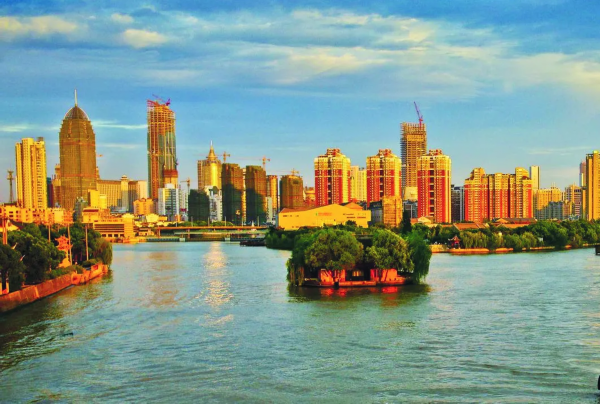
▲ Huangpudun in Wuxi section of the Canal.
Wuxi is one of the four famous rice markets in China, and the vicinity of the "Sandun" Canal was once the most prosperous area of Wuxi rice market. There are many rice shops, large and small, up to more than 150 at most, with boats and boats coming and going, businessmen gathering, pedestrians bustling and bustling. Today’s "Sandun" is no longer the grand scene of the rice market in the past, but it is a historical relic that cannot be missed in the boating canal.
"If you want to visit the ancient canal, please come to Wuxi"
As the Living Canal Museum in China, Wuxi Canal has been well-known since the 1980s.
The municipal foreign affairs tourism department once entered the international tourism market with the slogan "If you want to visit the ancient canal, please come to Wuxi". For a time, tourists from China flocked to see the oars and lights of the "Jiangnan Water Lane" of the Grand Canal in Wuxi, and international friends praised the trip to the ancient canal in Wuxi as "magical tourism". The famous Japanese composer, singer Nakayama Daisaburo, and Nobukuro’s masterpiece "Qingming Bridge" was born in this period.
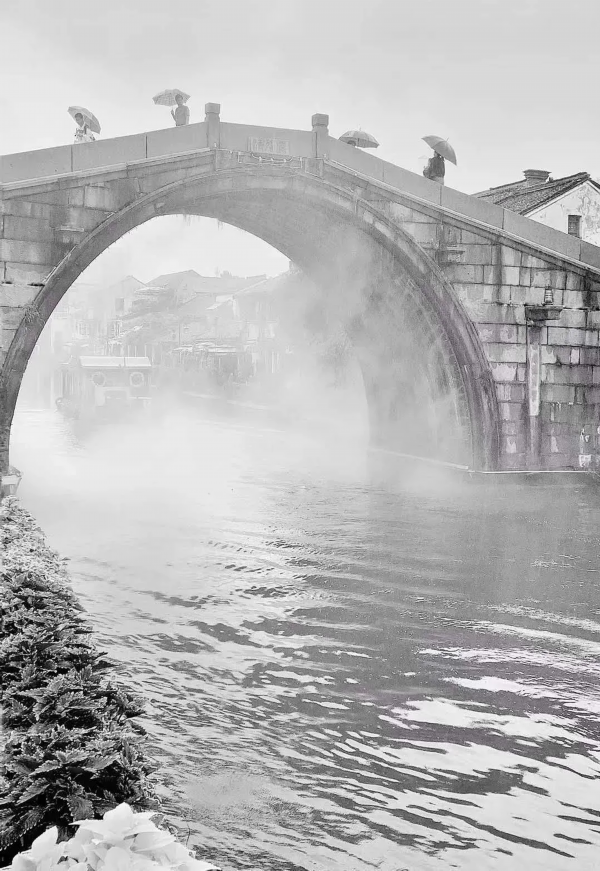
▲ Qingming Bridge Map @ Linyi
(Source: Emotional Wuxi)